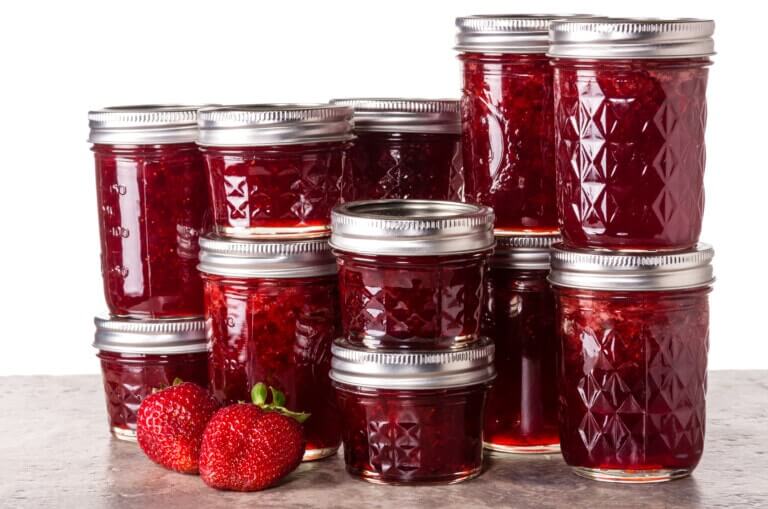Video and Statements on Canning and Food Preservation
Video and Statements on Canning and Food Preservation
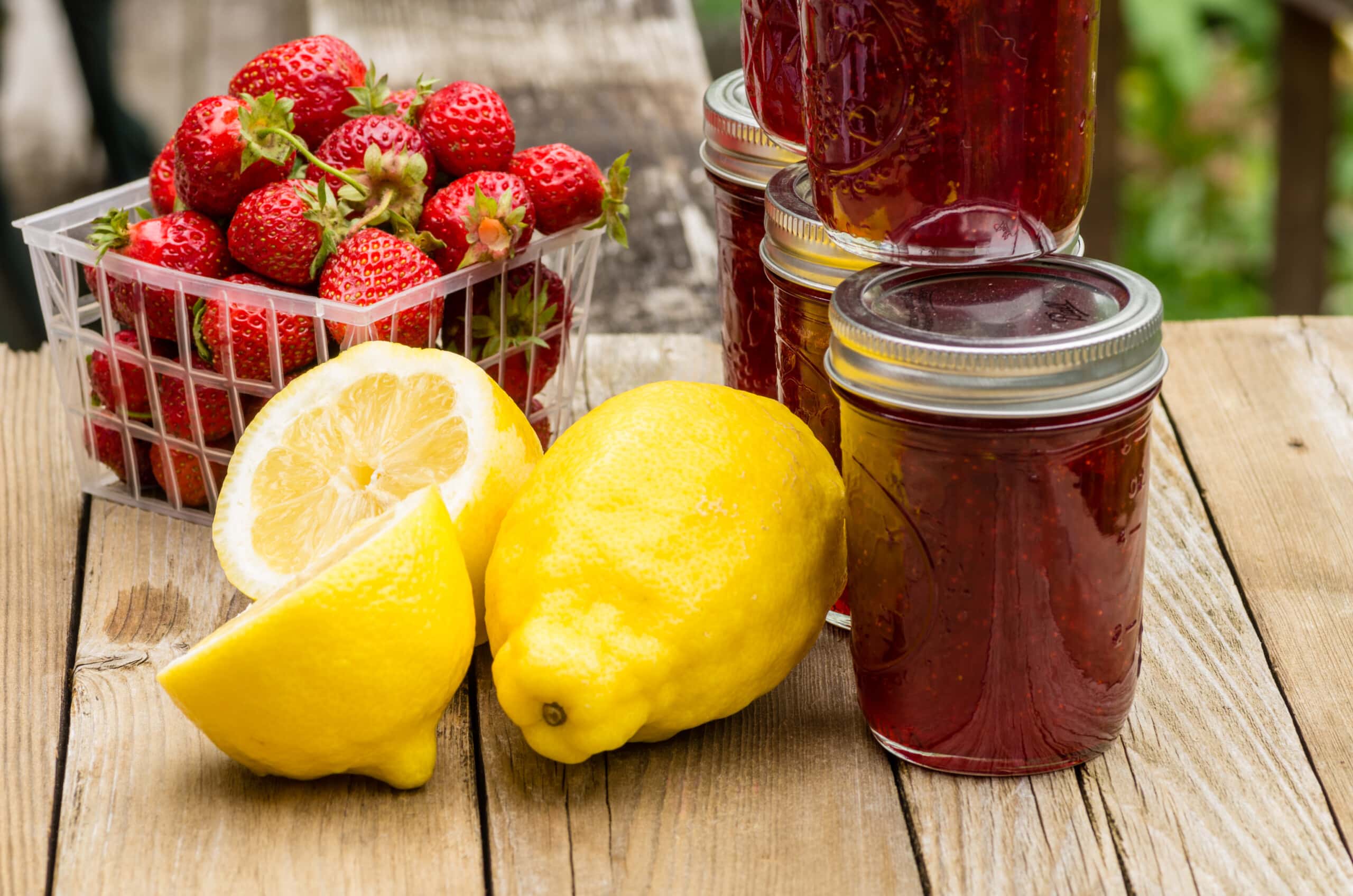
1. Wherever fruit can be grown in abundance, a liberal supply should be prepared for winter, by canning or drying. Small fruits, such as currants, gooseberries, strawberries, raspberries, and blackberries, can be grown to advantage in many places where they are but little used, and their cultivation is neglected. {CD 311.3}
2. Let us teach the people to eat freely of the fresh grapes, apples, peaches, pears, berries, and all other kinds of fruit that can be obtained. Let these be prepared for winter use by canning, using glass, as far as possible, instead of tin. {7T 134.5}
3. Pioneers’ Book, or Kitchen Guide:—-This work comprises recipes for the preparation of hygienic food, directions for canning fruit, etc., together with advice relative to change of diet. {1868 JNL, HBH 5a.4}
4. We are now expressing juice from the oranges and canning the same. We have pressed out the juice from the lemons also, in order that we may furnish palatable drink for hot weather. . . . {6MR 135.2}
5. We are now in the midst of the hot weather. Fruit is being canned vigorously. We have been at work canning for quite a while. {12MR 353.2}
6. In the cellar I see a large quantity of jellies that have been put up. Shelf after shelf is laden with jars of rich fruit. The work of fruit canning is now going on, superintended by those who thoroughly understand the business. Some of the fruit will be sent to the Sanitarium at San Diego. {LLM 120.1}
7. We had to buy peaches for canning. I helped to pick some of them. We bought the fruit on the trees, and it was delicious. {LLM 160.7}
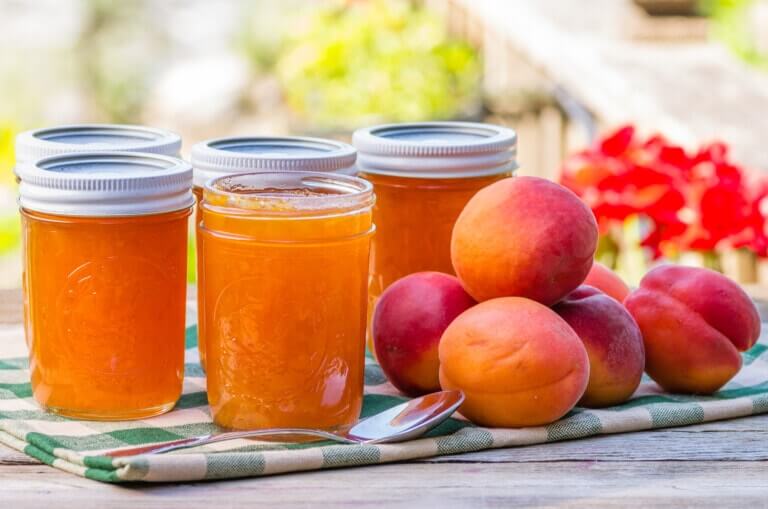
8. I eat the most simple food, prepared in the most simple way. For months my principal diet has been vermicelli and canned tomatoes, cooked together. This I eat with zwieback. Then I have also stewed fruit of some kind and sometimes lemon pie. Dried corn, cooked with milk or a little cream, is another dish that I sometimes use. {CD 491.2}
9. For household canning, glass, rather than tin cans, should be used whenever possible. It is especially necessary that the fruit for canning should be in good condition. Use little sugar, and cook the fruit only long enough to ensure its preservation. Thus prepared, it is an excellent substitute for fresh fruit. {CD 311.4
https://www.youtube.com/watch?v=TeYOc4n-9dA&feature=emb_title
James White: Small Fruits Canning
10. The Strawberry, the Raspberry, the Blackberry, the Blueberry, the Cherry, and the Grape, may be safely canned by a similar process. We recommend the glass, self-sealing can. We have used the Mason, the Dexter, and the Hero, with success.
- a. Pick over the fruit carefully, and take out everything like decayed berries, stems, or leaves, leaving the fruit clean and fresh.
- b. Make a syrup of one quart of water, and about one pound of sugar, more or less, according to the acidity of the fruit; heat it in a porcelain kettle; when boiling hot add berries enough to fill four one-quart cans, and let it remain over the fire until the fruit is thoroughly heated.
- c. Cleanse the cans, and place them on a folded towel, wet in cold water, and fill them completely full with the heated fruit. Pass a spoon down the sides of the can to let out the air that may remain among the fruit. Be sure to have the can completely filled before closing it, so as to exclude the air. Screw down the top at first as far as convenient; as it cools, continue to screw down as far as possible.
- d. When the cans are cool, set them in dark, dry, cool place. They should be examined daily for several weeks to see if they are keeping well. If the fruit shows signs of fermentation, it should be scalded again, and carefully secured in the can.
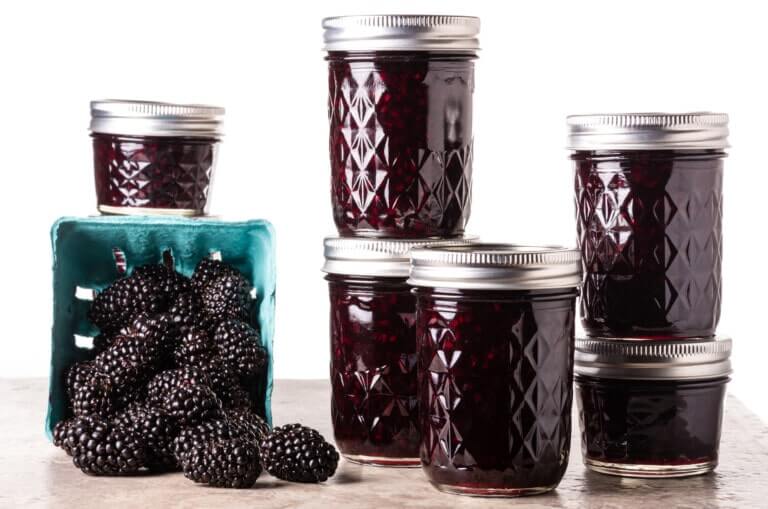
11. Peaches, Pears, and Quinces, should be pared, and may be cut in quarters, halves, or used whole. When pared, they should be dropped in cold water to preserve their natural color, then put into boiling syrup the same as small fruits. They should be boiled until a straw can be passed through them. Then carefully fill the can with the fruit, pour in the syrup, and close as in the case of small fruits.
12. Tomatoes may be preserved in stone jugs, although glass cans are preferable. They need no syrup of sugar and water, and are so juicy that the liquid may be reduced by boiling down. The Strawberry has been regarded very difficult fruit to preserve in cans. It is probably the most difficult. But if the foregoing suggestions be carefully followed, we have no doubt but this berry will be canned with success. We make this statement upon the authority of several practical canners, which agrees with our own experience. We have on hand, in a state perfect preservation, about thirty cans of the Strawberry, put up by Mrs. W., at Greenville, Mich., seven months since.
13. We put up, in all, during the summer of 1869, about four hundred quarts of fruit, in the manner before described, and with the exception of a very few quarts, it has all kept exceedingly well. The following relative to canning fruits is taken from an article by W. C. Gage, Health Reformer for August, 1869:
“CANNING”
14. ”The best method for preserve fruit with all its original flavor, is by hermetically sealing it from the air in cans prepared for the purpose; and these should be of glass or stoneware, as the acids of fruit act chemically on tin and other metals, often destroying the flavor of the fruit, and sometimes rendering it very unwholesome. Either self-sealing cans, or those which require wax, may be used successfully, but probably the former are better for those of little experience, and they are unquestionably more convenient. Of these, there are several claimants for public favor, all of them highly recommended, and doubtless all of them good. {1870 JW, SFCC 25.3}
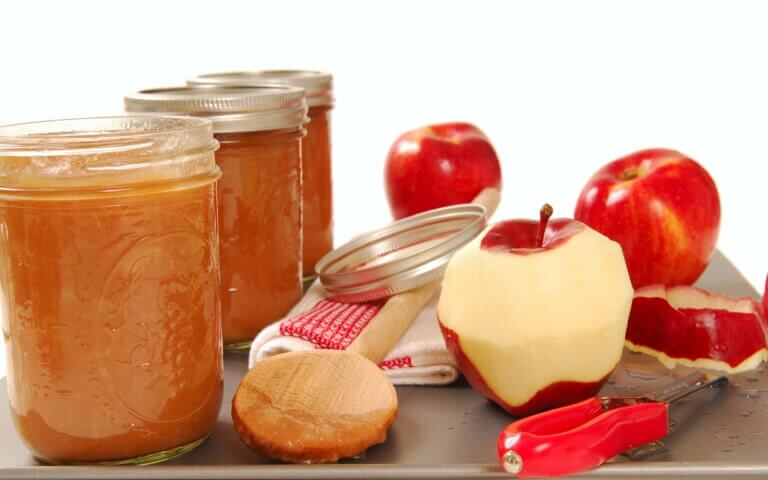
“THE SELECTION OF FRUIT”
15. ”This should be done with the greatest care. Some varieties cannot be preserved at all, unless canned when perfectly fresh, and success is more certain with all kinds if this particular is regarded. The fruit should be nearly or quite ripe, but not over-ripe, and any which bear signs of decay, must be carefully excluded. {1870 JW, SFCC 25.4}
“COOKING THE FRUIT”
16. ”Nearly all varieties are better steamed than stewed or boiled, and this for three reasons; 1. The fruit is not so badly broken and mashed; 2. It retains more of its original flavor; and 3. Little or no water is required to be added, and it is therefore cooked in its own juice.
17. ”Almost every family has conveniences for steaming on a small scale, either with the common tin steamer, or the elevated platform, which can be used in a common kettle. To those who wish for more ample facilities, we would recommend the following cheap and simple method: Take a common wash-boiler, and have fitted into it a horizontal platform of sheet iron, perforated freely with half-inch holes, so as to allow the free passage of steam. Have it mounted upon legs, so it will stand clear from the water, which should be only a few inches deep in the bottom of the boiler.
18. ”Have your fruit carefully picked over, and placed in a clean, tin or earthen dish, with a cover over it to prevent the condensed steam from dropping into it. No sugar is required with any kind of fruit. We have informed by one who is always successful in this business, that the flavor of the fruit is better preserved without sugar; and she never lost a can. If sugar must be used, it can be added when the cans are opened for the table.
19. ”Place your dish of fruit on the platform of your steamer, having sufficient water in the bottom, but not too much. Then cover the whole closely, and steam until thoroughly scalded. Some kinds of fruit require a longer time than others, and judgment must be exercised in regard to the matter. It should not be cooked so as to fall to pieces, but care should be taken to have it thoroughly scalded. “While the fruit is cooking, the cans should be prepared. Have them thoroughly cleansed, and when ready to fill them, place the can upon a folded towel, wet in cold water.
20. ”The fruit may now be poured into the cans. Peaches, pears, or other large fruit, may be tastily arranged in the cans with a fork, piece by piece, and the boiling juice added afterward to cover them. When the can is full, shake it, and incline it back and forth, so as to cause the air to rise to the top, if any should be among the fruit. Be sure that the can is full to the brim, and then screw on the cover, or if not a self-sealing can, put in the cork, and cover with melted sealing-wax. The following recipe makes good wax: one pound of rosin, two ounces of beeswax, one and half ounces of mutton tallow. Melt and mix.
21. ”While placing the fruit in the cans, be careful to protect them from currents of air, as they are frequently broken by a simple draught of cold air. “All the above work should be performed expeditiously. The cans may then be set away to cool, and should be kept in a cool, dark place, and closely watched for a few days to see that the sealing is perfect. If the fruit shows signs of not being perfectly sealed, it should be at once taken out, scalded, and sealed again.
22. ”Tomatoes, berries, and small fruits, may be preserved in stone jugs. Observe the same rules in preparation, heating the jugs thoroughly before putting in the fruit. When filled, place one or two thicknesses of cloth over the mouth, and then put in the cork, covering the whole with wax. “By close attention to particulars, and the exercise of good judgment, success is almost certain.” {1870 JW, SFCC pages 23.4 to 28.1}
